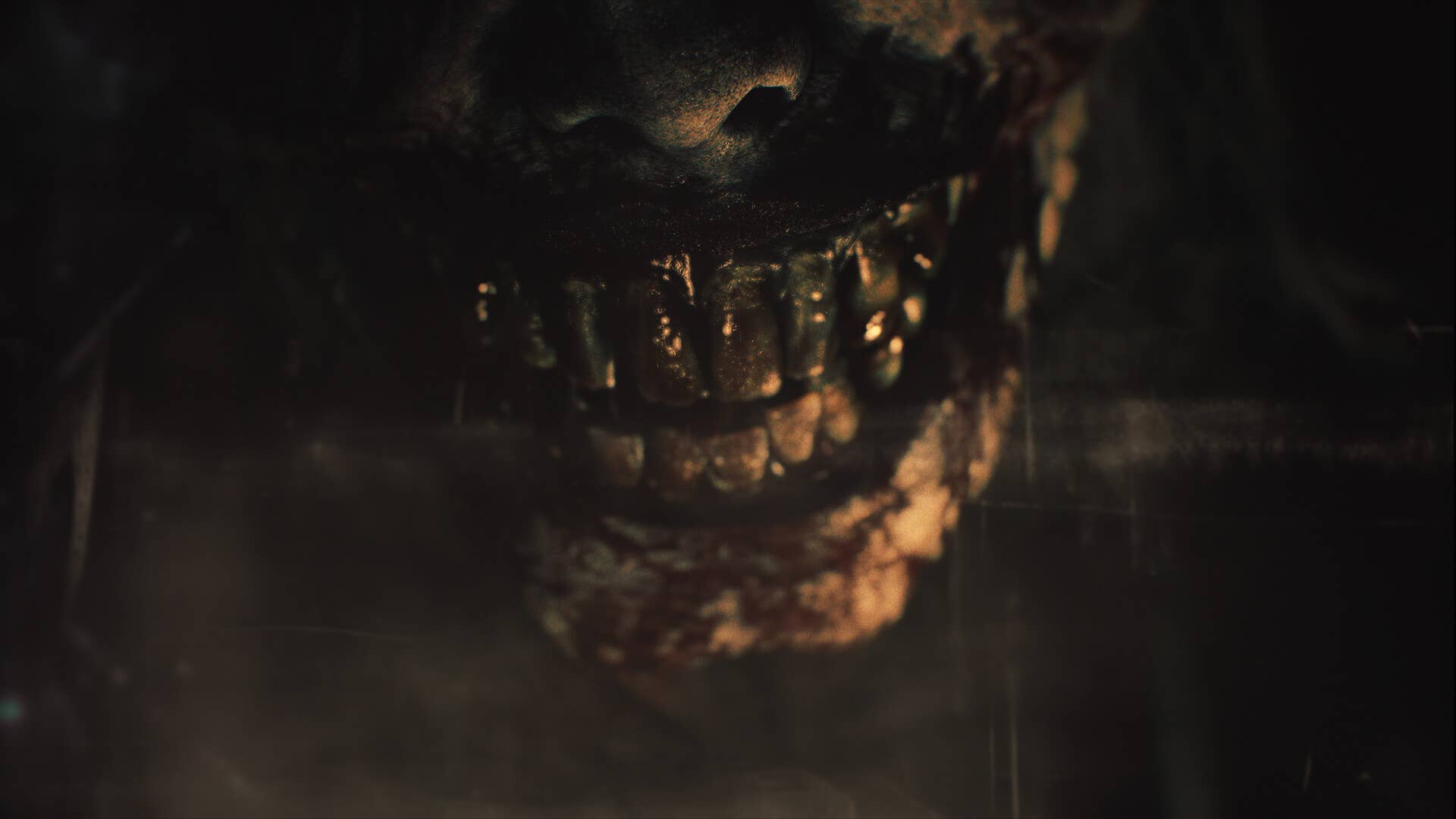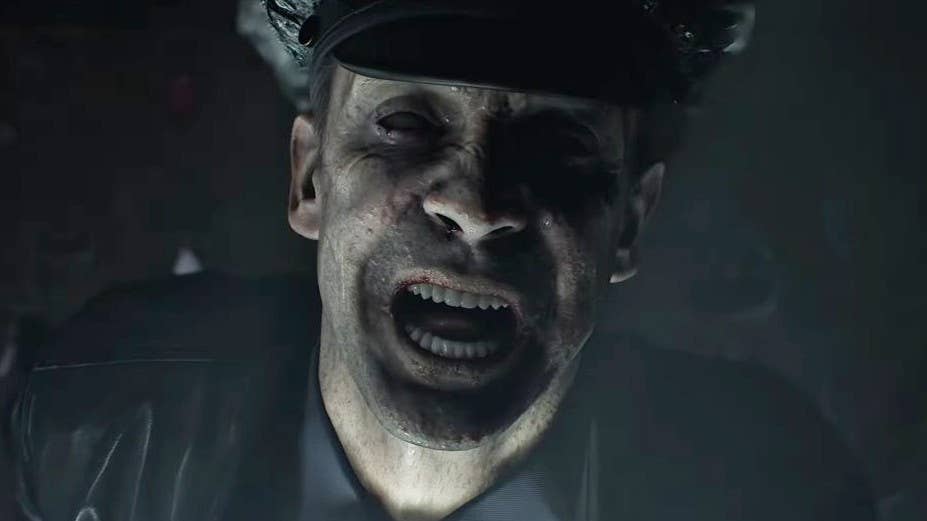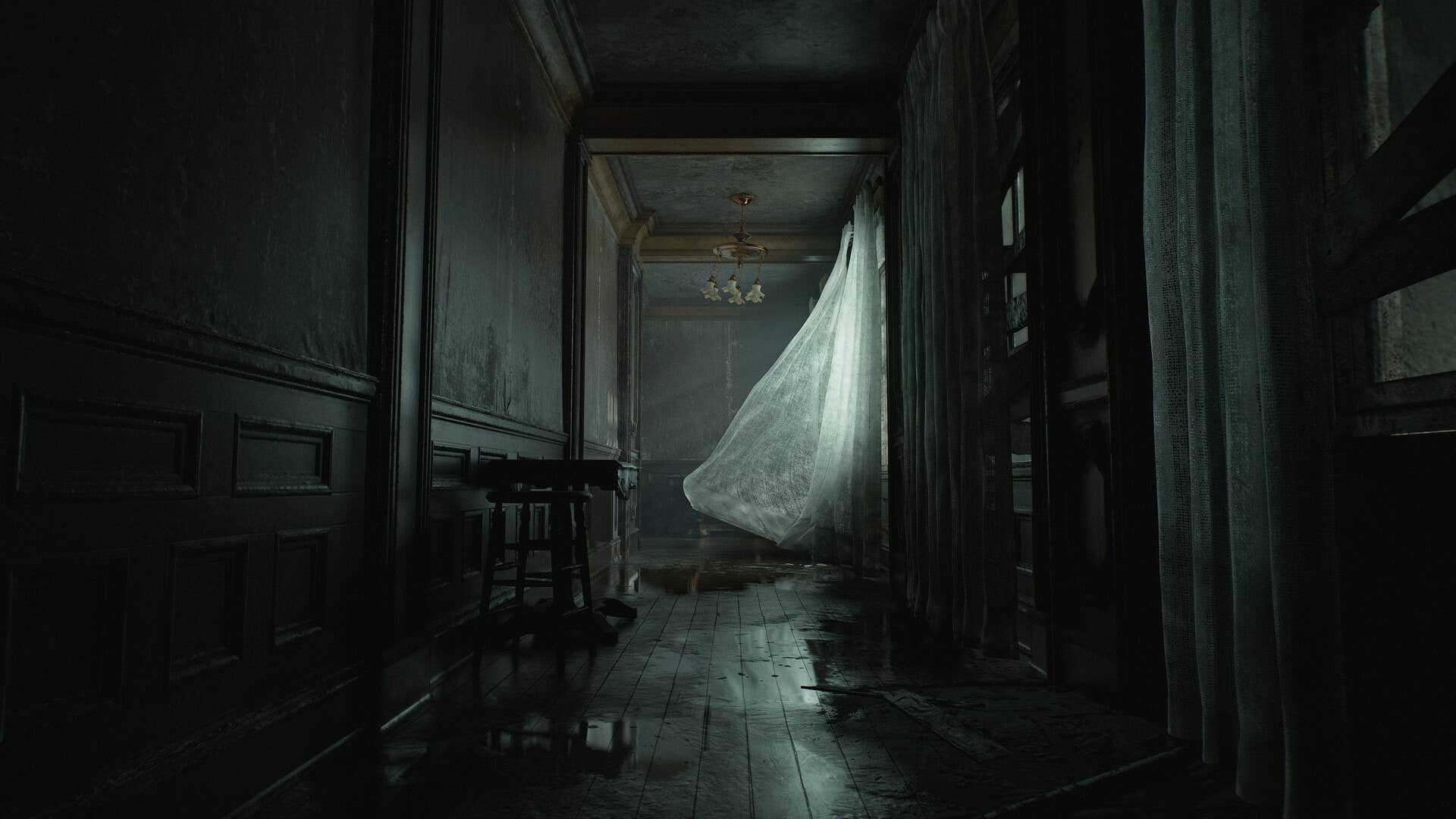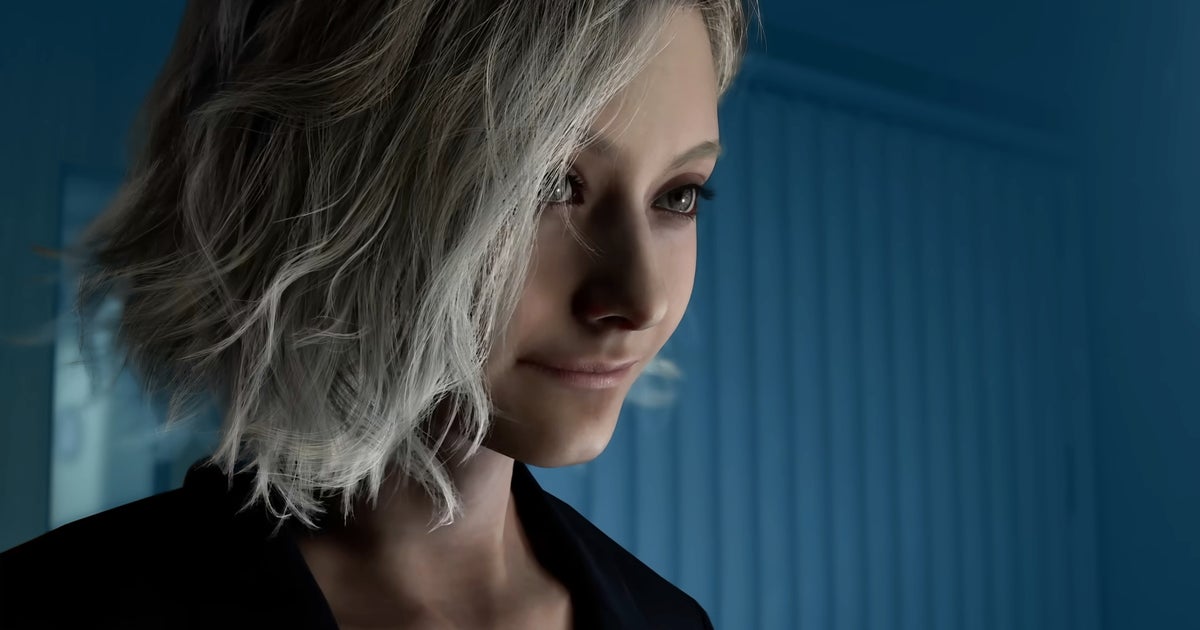Jack and Marguerite Baker in Resident Evil 7. Lady Dimitrescu in Resident Evil 8. Mr. X in the Resident Evil 2 Remake. Nemesis in the Resident Evil 3 Remake. You’d think after four games, the formula would be getting a bit rote, a bit boring. You’re a (somewhat) powerless survivor whisked out of your comfort zone, and something supernatural and evil is trying to kill you. Rinse, repeat, right? But no. Each of these games has offered something different.
In Resident Evil 7, where Capcom first started implementing this rebooted design decision, Jack and (briefly) Marguerite felt sinister – human-level enemies that were deadly, but flawed. Both their AI and their overall function could be taken advantage of, but the like-for-like nature of your interaction with them gave the whole idea a solid foundation (and Jack’s characterisation did a lot of the heavy lifting, too).
By the time the remakes rolled around, Capcom was clearly emboldened. I think Mr. X – his creepy music, the footsteps you can hear across the whole Raccoon City Police Department, that terrifying silhouette – represents the best ‘stalker’ in the series so far. Perhaps it’s his relentlessness that makes him feel special to me. Nemesis was more of the same, but it pays close homage to the ‘stalker’ enemy type from the original game that wasn’t really bested until Alien: Isolation. It’s a shame you can’t kill hm in the remake.
As for Lady Dimitrescu, I think some of her impact was undermined by the fact the internet at large wants to sleep with her: I know, anecdotally, a lot of people actively sought her out to ogle her and hear Maggie Robertson’s impeccably-delivered voice lines. But she’s got great AI, and though her section is fairly short-lived in Resident Evil Village, if you bump the difficulty up to Village of Shadows, she gets more freedom and becomes a much more persistent threat.
So, it’s no surprise really that Resident Evil 9 is pulling the same trick again. This time, though – at least in the demo I played ahead of Gamescom – the stalker feels more ‘survival horror’. Playing as new protagonist Grace Ashcroft, you find yourself in a claustrophobic space (seemingly a repurposed mansion-turned-medical facility) with unreliable power circuits and lots of close corridors. Awakening in a dark room, on your own and suspended upside down whilst being exsanguinated like something out of Dexter, Grace manages to get free and makes a break for the exit.
The usual Resi puzzles get in the way: you need a key, a fuse for a breaker box, and other little elements before you’re free of this weird, rudimentary prison. But, as you scramble around in the dark trying to get your bearings, something becomes patently clear: you’re not alone. The ‘stalker’ here is a bug-eyed, mutated woman that’s clearly been experimented on, no doubt brimming with an equally experimental strain of the T-Virus.

You know how it all works by now. She’s on your tail, so stay on the move. Duck into different rooms, don’t move in a straight line, keep your wits about you. Thing is, Capcom also knows how this works now, and it’s like the developer is two steps ahead of you. ‘Ah, I can see she hates light, I’ll head to the room with the light and–‘ Nope. She’s crawled into the ceiling vents and got in your way. Oh dear. Oh dear.
So you turn about face, thinking ‘ah OK, there’s another light over there… but that’s a dead end.’ So you go there, and in the dubious sanctuary offered by one flickering halogen, think about your next move. I tried to outfox Capcom and our hunchbacked new nemesis a few times here, and each time it ended with one of a few brutal death animations. The developer knows what you’re thinking, and knows you’ve probably played this last few games and is saying between the lines: ‘that ain’t gonna work this time’. Between the developer’s canny mental game of cat-and-mouse it’s playing with you, and a focus on the overhauled lighting engine that I assume is going to be a tentpole in many of these encounters, I’m encouraged. This Resi will look and play differently to what’s come before.

I mentioned Alien: Isolation up above, and that’s really what this feels like. You have no means to defend yourself against this curious new enemy. At least in the 20 minute demo I played, the only things Ashley could do was pick stuff up, and run. Honestly, it’s more realistic than any other Resi game I’ve played in the past few years; that’s pretty much what I’d do. You can absorb one ‘hit’ from Mrs. Zombie Nightgown (that’s what I’m calling her, in lieu of an actual name) and then after that you’re toast.
The differences to past Resi stalkers, on paper, are quite minimal, but levering the survival horror thrill of Resident Evil 7 with an environment – and new graphics tech – that makes everything feel tighter and more suffocating is a good gambit. Who knows how much more this will change as the game progresses, but for now I came out of my demo with a sense of Resi 9 feeling like something between Alien: Isolation and PT. High praise.

There were a few procedural moments in the demo that made it feel like horror catnip. An unreliable lighter providing the only illumination of your surroundings, the unpredictable nature of your stalker, and my doomed attempts to outthink the game all dovetailed to make an experience as intimidating as those opening hours of Resi 7. Again, high praise.
And I didn’t even touch the game in third-person. Will this sense of dread be as distinct if you’ve got more of a sense of what’s around you? Who knows. But Capcom is clearly confident with this game, and even the fact it’s chosen to do a stalker again shows the developer is clearly not out of ideas within the confines of the design philosophy.
I think Resi 8 petered off a little as the story went on, and became more action-oriented. Here’s hoping Grace’s part of the game, at least, continues to lean on these survival horror elements as you clock up more hours in the game. Because it’s clear that Capcom is still best-in-class at thinking up scenarios with which to torture young, wide-eyed protagonists.

